
In today’s professional world, the way you present yourself can significantly impact your career trajectory. Dressing appropriately for the office isn’t just about adhering to a dress code; it’s about embodying professionalism and showcasing your attention to detail. A polished and professional look can enhance your confidence, command respect, and leave a lasting impression on colleagues and clients alike. In this section, we will explore the essential elements of office attire, providing you with a comprehensive guide to creating a wardrobe that reflects your professionalism.
In addition to a classic suit, consider investing in high-quality dress shirts or blouses. Opt for neutral colors like white, light blue, or soft pastels, as they can be easily paired with different suits or trousers. A selection of tailored trousers and skirts in complementary colors will further enhance the versatility of your wardrobe. Remember to choose fabrics that are comfortable and durable, as these pieces will form the foundation of your professional attire.
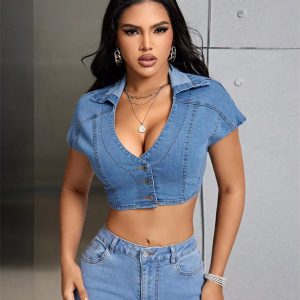
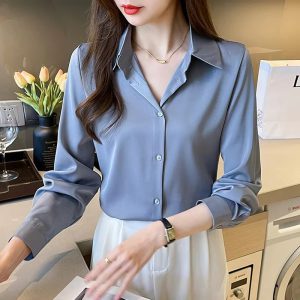
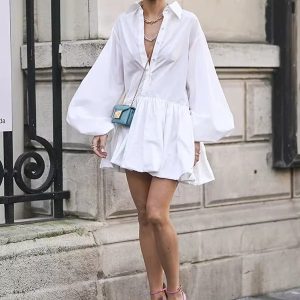
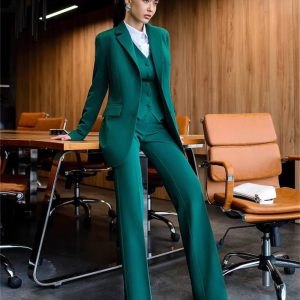
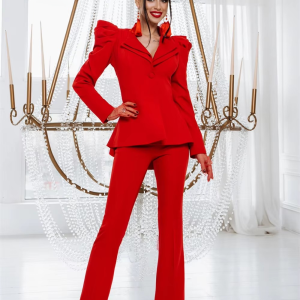
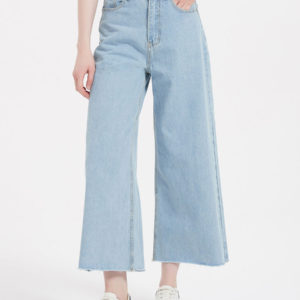
The fashion industry has long been criticized for its impact on the environment, with fast fashion contributing significantly to waste and pollution. Building a versatile wardrobe aligns with the principles of sustainable fashion, emphasizing quality over quantity. By investing in high-quality pieces, you not only ensure longevity but also reduce the need for frequent replacements. This approach not only benefits the planet but also your wallet in the long run.
While the core elements of your wardrobe are essential, the details can make or break your professional look. Accessories play a crucial role in adding a touch of personality and polish to your outfit. A classic leather belt, a quality watch, and understated jewelry can elevate your appearance without overshadowing your overall look. Pay attention to the quality of these accessories, as they can significantly impact the perception of your outfit.
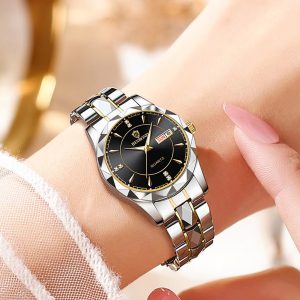
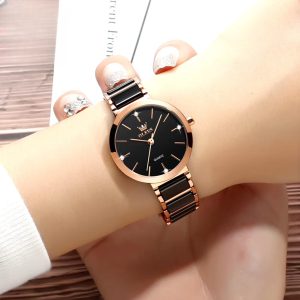

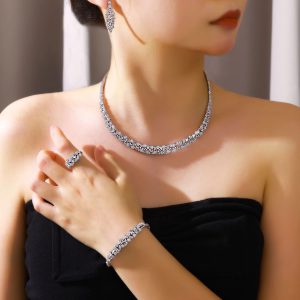
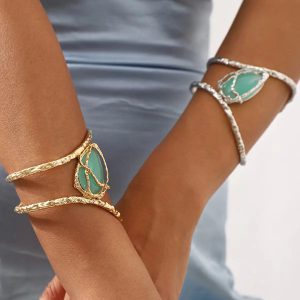
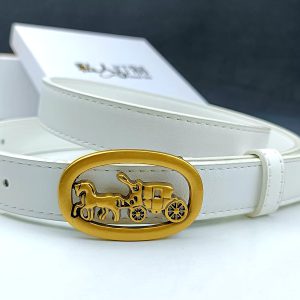
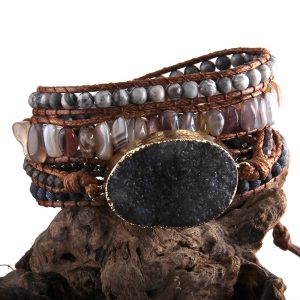
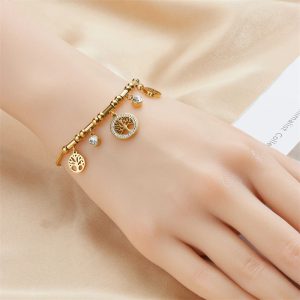
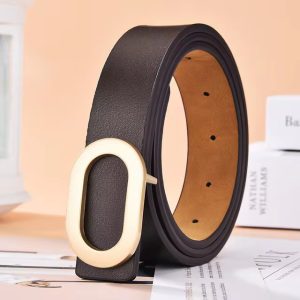
Consumers today are increasingly conscious of the impact of their purchasing decisions and are seeking out pieces that offer value and longevity. By focusing on the details, designers can create garments that stand the test of time, both in terms of style and durability. This commitment to quality is what sets high fashion apart from mass-produced clothing, offering consumers a unique and meaningful experience that goes beyond the superficial.
Fashion is not just about clothing; it is about storytelling and creating an emotional connection with the wearer. The attention to detail in a garment can evoke emotions and memories, making it more than just a piece of fabric. Whether it’s the intricate embroidery that reminds someone of their cultural heritage or the carefully chosen color palette that resonates with a personal experience, these details add depth and meaning to a garment.
Understanding and adhering to your office dress code is crucial in maintaining a professional appearance. Dress codes can vary significantly depending on the industry, company culture, and even geographic location. While some workplaces may require formal business attire, others may have a more relaxed, business-casual approach. It’s essential to familiarize yourself with your company’s specific dress code guidelines and adjust your wardrobe accordingly.
Office dress codes can range from casual to business formal, with several variations in between. Understanding the specifics of each category is essential for dressing appropriately. Business formal is the most traditional and conservative dress code, typically requiring suits, ties, and polished shoes for men, and tailored dresses or pantsuits for women. Business casual is more relaxed, allowing for more personal expression while still maintaining professionalism. This might include dress pants or skirts paired with blouses or collared shirts. Smart casual, a step further down the formality ladder, allows for even more flexibility, incorporating elements like stylish jeans or trendier pieces, as long as they remain polished and neat.
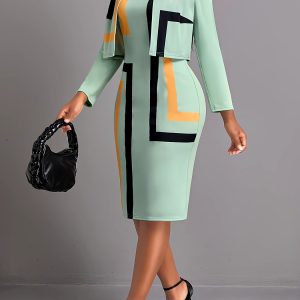
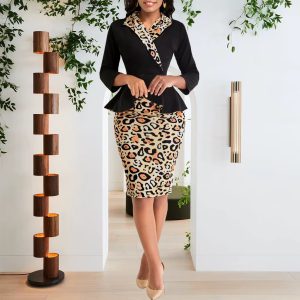
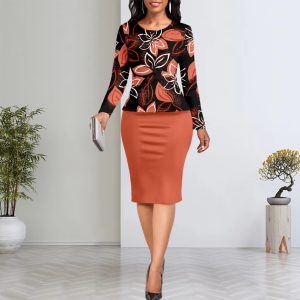
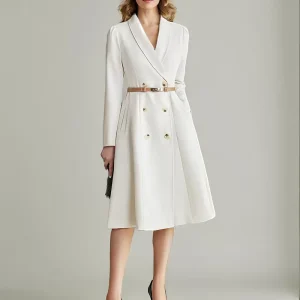

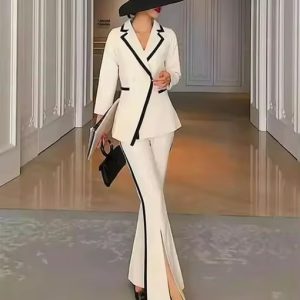
Creating a polished and professional look goes beyond selecting the right clothing. It also involves maintaining your attire and personal grooming. Ensure that your clothes are clean, pressed, and free of wrinkles. Regularly inspect your wardrobe for any signs of wear and tear, and replace items as needed to maintain a fresh and professional appearance.
Personal grooming is equally important in presenting a polished image. Pay attention to your hairstyle, ensuring it is neat and appropriate for the workplace. For men, facial hair should be well-groomed, while women should opt for subtle makeup that enhances their features without being distracting. By taking the time to maintain your appearance, you demonstrate your commitment to professionalism and attention to detail.
In conclusion, creating a polished and professional look requires careful consideration of your wardrobe choices, attention to detail, and adherence to office dress codes. By investing in versatile, high-quality pieces and maintaining your appearance, you can project confidence and competence in the workplace. Remember, your attire is a powerful tool in shaping perceptions and can play a significant role in your career success.
[Address-CA]: 14-30 Eglinton Ave W, Suite 580, Mississauga, Ontario, L5R 0C1
[Tel-CA]: +1 647-874-5950
Email: sales@tdmercado.com